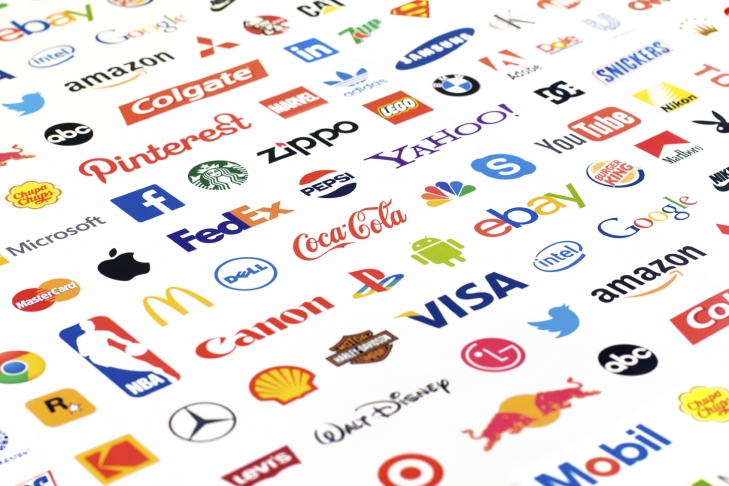
Interbrand’s 2015 list features tech companies that dominate by moving with customers at the “speed of life”
In December 2014, Starbucks piloted the Mobile Order & Pay programme through its mobile phone app, allowing people to order their coffee ahead of time and skipping the queue to pick up their cup of joe. The app proved so popular the Seattle-based company rolled it out across the United States within nine months, and it has since expanded the service to Canada and the U.K.
Within the same time period, the coffee chain also announced partnerships with The New York Times and digital streaming service Spotify to provide content on the Starbucks digital platform. Customers can influence in-store music playlists via Starbucks’ mobile app while thumbing through the latest New York Times articles.
This focus on the digital experience helped drive up U.S. store sales by 14 percent – from US$2.7 billion to US$3.07 billion – from a year ago.
“(O)ur results underscore the success of the investments we continue to make in…groundbreaking technology innovation that is deepening our connection to customers everywhere,” said Starbucks Chairman and CEO Howard Schultz in the company’s 2015 earnings report.
Star(bucks) performers
“You can start reading The New York Times on your way to the coffee shop in the morning, your coffee would already be paid for, you pick it up and you go – it’s convenient,” explains Tristan Ramsdale of brand consultancy, Interbrand. “The way the Starbucks brand thinks about and understands its customers, developing products and services relevant to them, it builds brand loyalty.”
Ramsdale made those observations at the recent SMU Centre for Marketing Excellence event “The Most Valuable Brands of 2015: Trends and Lessons” where he presented Interbrand’s 2015 list of the 100 most valuable brands. Starbucks, which Interbrand assessed to have gained a substantial 16 percent in terms of brand value in the past year, leveraged on the widespread use of information technology to stay relevant to the modern consumer.
Indeed, a quick glance at the list reveals plenty of big-name tech companies in the top 10: Apple (1), Google (2), Microsoft (4), IBM (5), Samsung (7), and Amazon (10). Intel (14), Cisco (15), Oracle (16) and HP (18) make it ten tech companies in the top 20.
Much of tech companies’ dominance stems from the understanding and mastery of what Interbrand calls “micromoments” when consumers come into contact with the brand, with Apple being a prime example.
“Apple has introduced lots of new products: Apple Music, Apple Pay, Apple watch,” Ramsdale explains. “It’s created all these products that fit into its ecosystem so people can interact with the brand in different ways.
“Apple uses technology to connect to these micromoments (and) understands what people need: how people buy things, how they listen to music; everything is available through the ecosystem. It’s connected to the user through design and the user experience.”
"Always put your customer or the consumer first and think back from there."
While Apple tightened its grip on the number one spot, increasing its brand value by 43 percent to a staggering US$170 billion, it was Facebook that increased its brand value the most: a 54 percent jump to US$22 billion. That is perhaps unsurprising given Facebook’s status as the most downloaded phone app in history, which provides plenty of opportunities for micromoments. The ease of uploading cat videos and posting vacation pictures have contributed to the social network’s popularity, but its constant drive to innovate has helped keep it relevant to the modern consumer.
Moving at the speed of life
The success of Facebook illustrates the power of digital media, while Starbucks’ gains in leveraging technology highlights the potential and importance of digitising a company’s business even if it is brick-and-mortar in nature like a coffee shop. While it will not be easy to emulate their success, Ramsdale recommends looking at the big picture through the consumer’s eyes and moving at the speed of people’s demands – or at the “speed of life”, the theme of Interbrand’s 2015 list.
“Always put your customer or the consumer first and think back from there,” urges Ramsdale. “Take an outside-in perspective, not an inside-out perspective. If you work back from your customer, and you understand their experiences and their lives, and you organise yourself to deliver that at the speed of life, you’ll do well.”
He adds, “Start thinking about what your customers are doing at different points in time, and think about how you can use technology to make the experience richer (like Starbucks has). Use technology and data to customise their experiences. Make sure you get those insights from customers and use social media to understand what they like or don’t like.”
He concludes, “The tech companies are really ahead and that’s where a lot of the brand value lies in our Best Global Brands list. But when you look at the Top 100, it’s the brands that are digitising their businesses and using technology to improve customer experience that are ahead.
Follow us on Twitter (@sgsmuperspectiv) or like us on Facebook (https://www.facebook.com/PerspectivesAtSMU)
Last updated on 23 Oct 2017 .